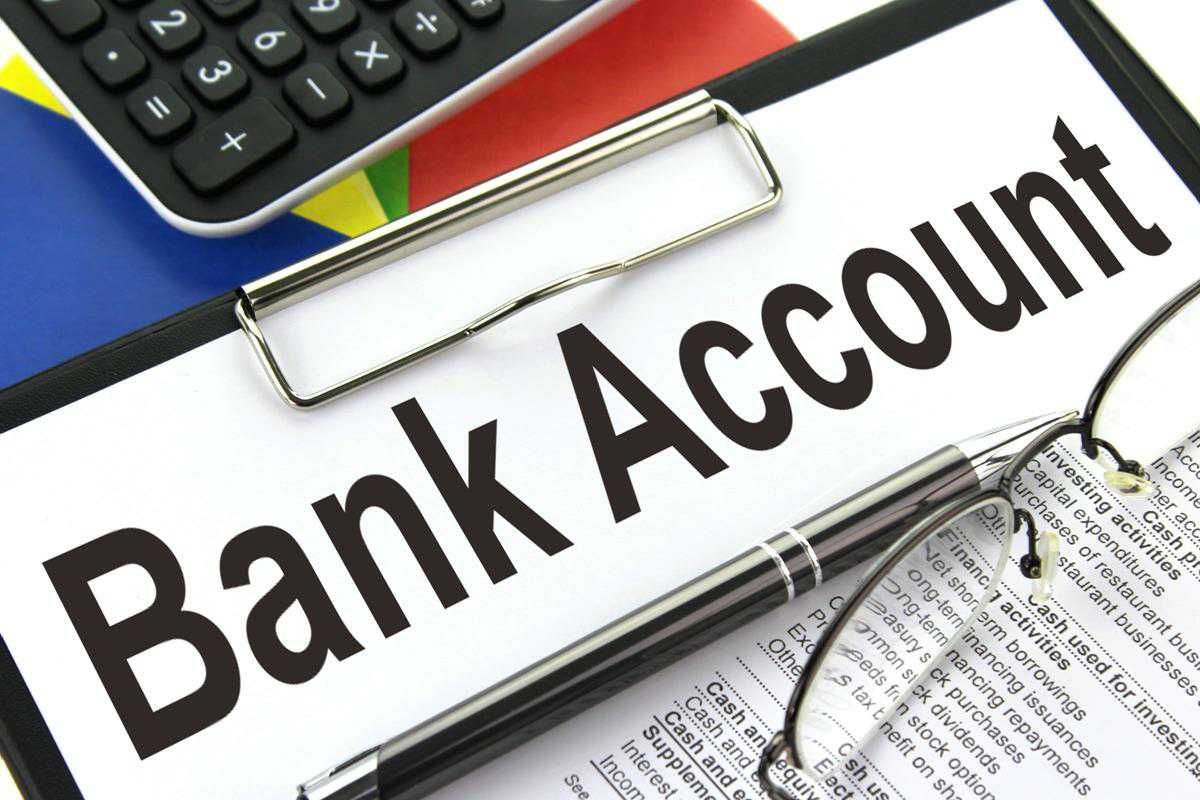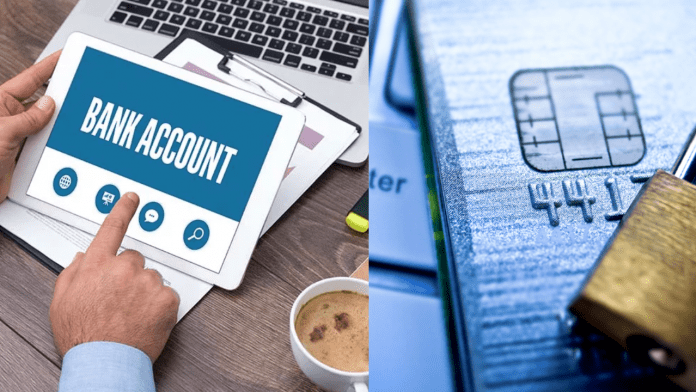The Ultimate Guide to Securing Bank Account Numbers
Should Bank Account Numbers Be Encrypted? ensuring the security of sensitive financial information is of paramount importance. One important aspect that comes into question is whether bank account numbers should be encrypted. This article discusses the importance of encrypting bank account numbers, exploring the potential threats, benefits, and implications for both individuals and financial institutions. With the rise of digital transactions and online banking, the need to keep personal financial data secure has never been greater. Bank account numbers, often referred to as the backbone of financial transactions, contain a wealth of information that can be exploited by cybercriminals.
What is Bank Account Numbers ?
A bank account number is a unique identifier assigned by a financial institution to an individual or entity that holds an account with them. It is a series of numerical digits used to distinguish one account from another. Bank account numbers are essential for various banking transactions including deposits, withdrawals, transfers and other financial activities.
Bank account numbers generally vary in length and structure depending on the specific bank and country. In some cases, they may include both numbers and letters. The structure of a bank account number can vary, but it usually includes information such as the bank’s routing code, branch code, and personal account identifier.
It is important to keep bank account numbers confidential to prevent unauthorized access to your accounts and possible fraud. Always ensure that you share your bank account information only with trusted sources and use secure channels for any financial transactions.

Cyberattacks on Financial Institutions
Financial institutions, such as banks, have become prime targets for cyberattacks due to the vast amounts of valuable data they possess. Cybercriminals employ various tactics like phishing, malware attacks, and ransomware to gain unauthorized access to bank systems and acquire sensitive information.
Data Breaches and Identity Theft
Data breaches have become worryingly common in recent years. When unencrypted, bank account numbers exposed during such breaches can lead to identity theft, financial fraud, and substantial financial loss to individuals.
Encryption: A Shield Against Threats
How Encryption Works
Encryption involves converting information into a code to prevent unauthorized access. In the context of banking, it ensures that even if a hacker manages to intercept data, they would be unable to decipher it without the encryption key.
End-to-End Encryption in Banking
End-to-end encryption is a comprehensive security measure that protects data throughout its journey, from sender to recipient. In banking, this means that only the sender and recipient can access the information, minimizing the risk of interception.
Balancing Security and Convenience
User Experience and Accessibility
While strong encryption enhances security, it’s essential to strike a balance with user experience. Complicated encryption processes might deter users from accessing their accounts, causing frustration and inconveniences.
Two-Factor Authentication (2FA)
Two-factor authentication adds an extra layer of security by requiring users to provide two different forms of verification before accessing their accounts. This method, often used alongside encryption, significantly reduces the chances of unauthorized access.
Regulatory Measures and Compliance
GDPR and Data Protection
The General Data Protection Regulation (GDPR) enforces stringent rules on data protection and privacy. Financial institutions must comply with these regulations to safeguard customer data.
Financial Industry Regulatory Authority (FINRA) Guidelines
In the United States, the FINRA provides guidelines for financial institutions to protect customer information. Encryption is a central aspect of these guidelines, ensuring a higher level of security.
Challenges in Implementation
Resource Constraints
Implementing robust encryption systems requires significant financial and technological resources. Smaller financial institutions might struggle to keep up with these demands.
Interoperability Among Banks
For encryption to be truly effective, it must be standardized across all banks and financial platforms. Interoperability challenges can hinder seamless encryption implementation.
The Role of Blockchain Technology
Immutable Ledger and Decentralization
Blockchain technology offers an innovative solution to security concerns. Its decentralized nature and immutable ledger make it exceptionally difficult for hackers to compromise bank account information.
The Human Factor
Social Engineering Attacks
Despite advanced technology, human vulnerability remains a weak point in security. Cybercriminals often use social engineering tactics to manipulate individuals into revealing sensitive information.
Conclusion
In a digital landscape where cyber threats are omnipresent, encrypting bank account numbers emerges as a crucial line of defense against potential breaches and identity theft. It strikes a balance between security and convenience while aligning with regulatory guidelines. As technology continues to evolve, embracing encryption and staying vigilant against emerging threats will be essential to safeguarding our financial future.
FAQs
- What is end-to-end encryption in banking? End-to-end encryption ensures that data remains encrypted from the sender to the recipient, preventing unauthorized access during transit.
- Can blockchain prevent all cyberattacks on banks? While blockchain technology enhances security, it’s not a guaranteed solution. It can significantly reduce risks but should be used in conjunction with other security measures.
- Does encryption slow down online banking transactions? Modern encryption methods are designed to have minimal impact on transaction speed, ensuring a seamless user experience.
- Are there any risks associated with two-factor authentication? While two-factor authentication adds a layer of security, users must be cautious about where they receive verification codes to avoid falling victim to phishing attacks.
- How can individuals protect themselves from social engineering attacks? Individuals should be cautious when sharing personal information online or over the phone. Verifying the identity of the requesting party before sharing information is crucial.

